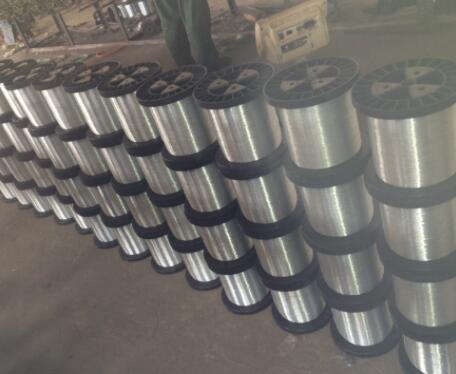Exploring Drawn Steel Wire Properties, Applications, and Production
Drawn steel wire is a versatile industrial material that plays a crucial role in various applications, ranging from construction to automotive industries. The process of drawing steel wire involves reducing the diameter of a steel rod by pulling it through a series of dies. This not only enhances the wire's mechanical properties but also allows for the creation of wires with precise dimensions.
One of the primary characteristics of drawn steel wire is its strength. By decreasing the diameter and increasing the length, the drawing process can significantly improve tensile strength. This property is particularly important in applications where high strength is crucial, such as in suspension bridges, wires for electrical transmission, and cables used in lifting equipment. The increased tensile strength results from the alignment of the steel's microstructure, which is enhanced during the drawing process.
Moreover, drawn steel wire is renowned for its ductility, which allows it to be deformed without breaking
. This quality enables the wire to be easily bent, twisted, or coiled, making it suitable for a wide range of applications, from manufacturing wire mesh to creating intricate designs in arts and crafts. The combination of high strength and ductility also makes it an excellent choice for producing springs, bolts, and other components that require resilience under stress.drawn steel wire

The production of drawn steel wire typically involves several steps. Initially, steel rods, often called wire rods, are produced through the casting and hot rolling of steel. Once the desired diameter is achieved, the rods undergo a series of processes, including annealing and cleaning, to prepare them for drawing. The drawing process itself can be performed in several stages, with each stage involving progressively smaller dies. This gradual reduction helps maintain the quality and integrity of the wire.
After drawing, the wire is often subjected to additional treatments, such as coating or plating, to enhance its corrosion resistance and overall performance. For instance, galvanized steel wire is coated with zinc to protect it from rust and is commonly used in outdoor applications. Specialty coatings can also be applied depending on the end-use requirements, ensuring that the wire remains durable and functional in various environments.
In terms of applications, drawn steel wire is found in numerous industries. In construction, it is essential for reinforcing concrete, forming wire mesh, and providing structural support. In the automotive sector, it is used for manufacturing components such as seat frames, springs, and cables. Furthermore, its use extends to the telecommunications industry, where it serves as a conductor for electrical applications.
In conclusion, drawn steel wire is a fundamental material with a wide range of applications due to its unique properties, including high strength and ductility. The careful production process ensures that the wire meets the specific requirements of various industries, reinforcing its importance in modern manufacturing. As technology continues to advance, the applications and capabilities of drawn steel wire are likely to expand, making it an even more integral component of industrial processes.

















